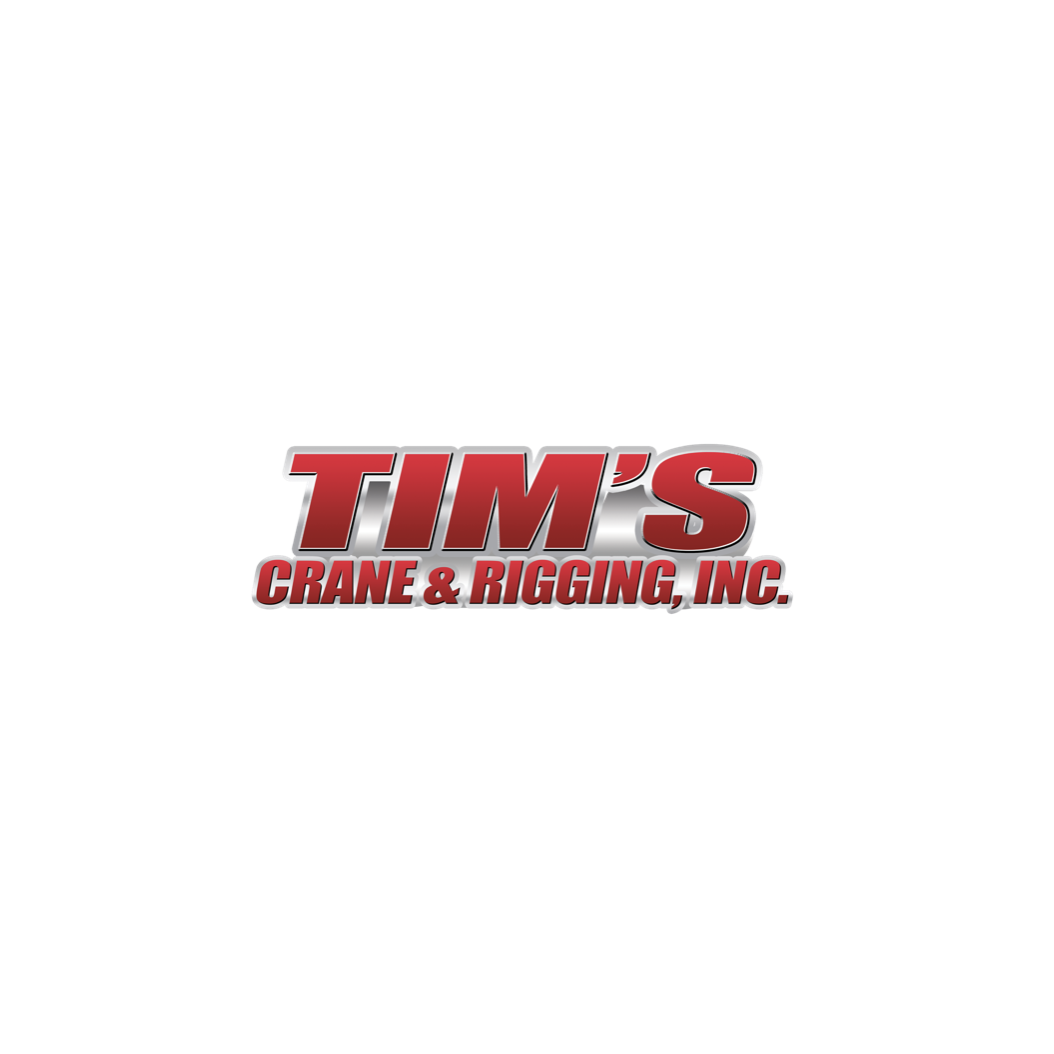Selecting the Right Rigging: Nylon vs. Wire Rope Slings
- Tim's Crane & Rigging

- 4 days ago
- 2 min read

Crane operations demand proper rigging selection to ensure safe lifts, precise load control, and extended equipment life. While several rigging options exist, nylon slings and wire rope slings remain the industry standards, each offering distinct advantages for different applications.
Nylon Slings: Versatile and Surface-Safe
Nylon slings are synthetic lifting devices engineered for hoisting and moving loads where surface protection matters. The two primary configurations, flat eye-to-eye and endless round slings, dominate the market for good reason. Riggers favor these slings for their lightweight construction, exceptional flexibility, and ability to protect delicate or finished surfaces from scratching and marring. Their cost-effectiveness and versatility make them the go-to choice for many lifting scenarios.
Wire Rope Slings: Built for Heavy-Duty Performance
Wire rope slings, often called steel chokers, consist of multiple steel wires twisted into strands that form a robust rope structure. Available with eyes on both ends or an eye-and-hook configuration, these slings excel in demanding industrial environments. Manufacturing plants and heavy industry operations rely on wire rope for its exceptional load-bearing capacity and durability under extreme conditions.
Critical Selection Factors
Load Capacity and Configuration
Material composition drives significant capacity differences between sling types. Wire rope slings deliver higher working load limits at equivalent diameters thanks to steel's superior tensile strength. Every sling carries a tag indicating its working load limit (WLL), which varies by hitch configuration. Basket hitches typically double the capacity of vertical lifts, while choker hitches reduce it. Always verify the appropriate WLL before rigging.
Inspection Protocols
Both sling types require thorough visual inspection before each use, though the failure indicators differ. Remove nylon slings immediately upon discovering cuts, snags, tears, burn marks, chemical damage, or illegible tags. Wire rope inspections focus on broken wires, kinks, bird-caging, corrosion, and tag condition. Retire wire rope slings when broken wires exceed manufacturer specifications, typically 10 wires in one lay length or 5 in a single strand.
Environmental Performance
Operating conditions significantly impact sling selection. Nylon loses 10-15% of its strength when wet and deteriorates rapidly above 194°F (90°C) or when exposed to acidic chemicals. Wire rope remains unaffected by moisture absorption regarding strength, though it requires proper lubrication to prevent rust in humid or marine environments. Wire rope maintains structural integrity at temperatures up to 400°F and resists acidic conditions, making it the preferred choice for industrial plants with harsh operating environments.
The Bottom Line
Choosing the appropriate sling type directly determines lift success. Proper rigging ensures loads lift smoothly, move predictably, and set down precisely. Understanding the strengths and limitations of each sling type enables informed decisions that prioritize safety while optimizing operational efficiency.
About Tim's Crane & Rigging in Savannah
Proudly family-owned and Savannah’s oldest crane & rigging company. Specializing in fully operated and maintained crane rentals, serving Southeast Georgia and South Carolina since 1997. Contact us today for a free quote.




Comments